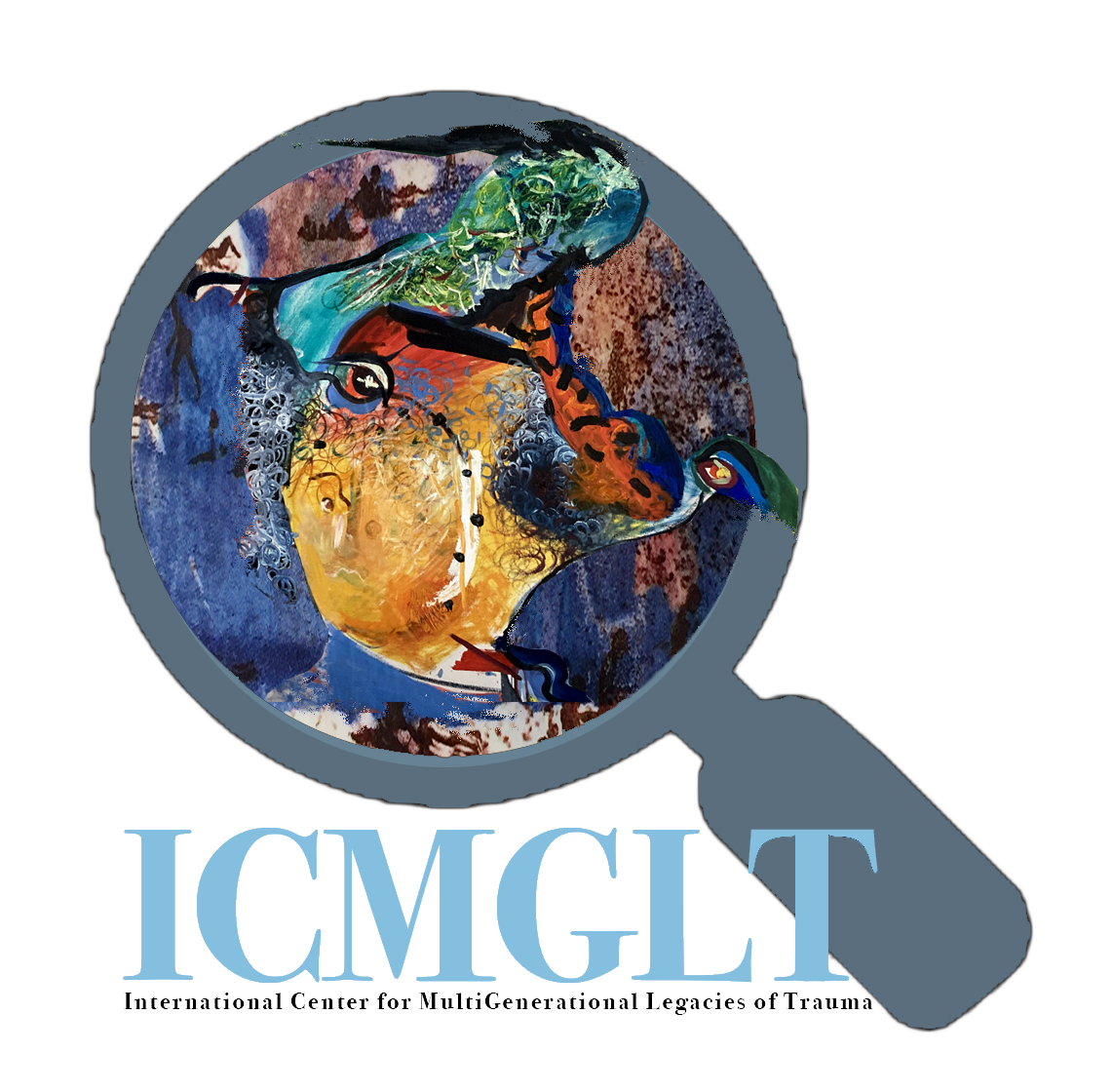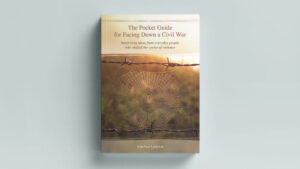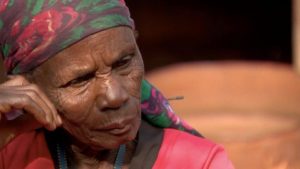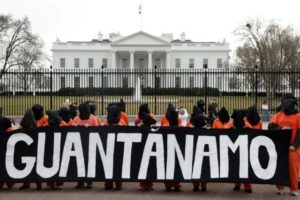Tribal leaders partnered with scientists to confirm their connection to the archaeological site in New Mexico
Sarah Kuta – Daily CorrespondentMay 8, 2025 3:42 p.m.
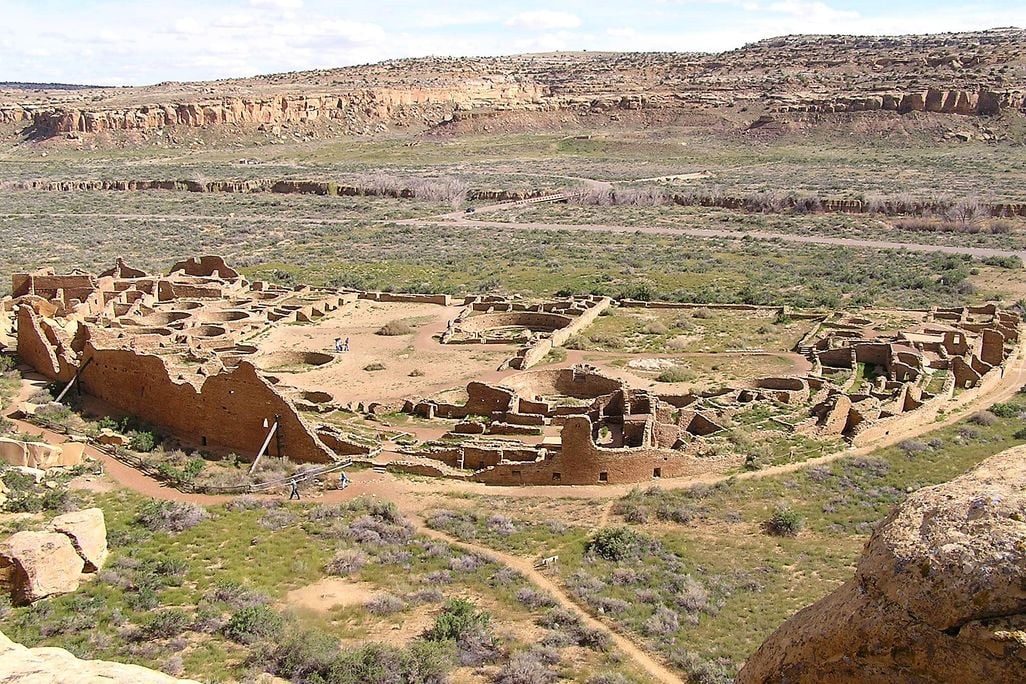
Members of the Picuris Pueblo tribe in New Mexico have always known they were descendants of the historical inhabitants of Chaco Canyon. Now, they have the data to prove it.
Working with scientists, tribal leaders have established a genetic link between themselves and the Chacoan people who flourished between 850 and 1150 C.E.With the findings, recently published in the journal Nature, the tribe hopes to have more influence over the future of Chaco Canyon and the surrounding region.
“We steered this ship in the hopes that using technology in the Western way—that they would now listen,” Craig Quanchello, the tribe’s lieutenant governor, said at a news conference, as reported by Reuters’ Will Dunham. “This is something that we’ve always known—who we are. Our elders [have] always known we’ve been here, and [we] come to find out that everything we felt and knew [was] just validated.”
For the study, researchers sequenced the DNA of 13 present-day members of the tribe. They compared that genetic material to DNA from 16 Picuris Pueblo individuals who lived between 500 and 700 years ago, as well as ancient and modern DNA from other Indigenous populations and remains found in Chaco Canyon.
The data showed a genetic link between the modern Picuris Pueblo people, their ancestors and the inhabitants of Chaco Canyon.
“We have it on their terms, with the science talk,” said Quanchello, as reported by the Washington Post’s Carolyn Johnson. “It not only runs through our land, through our veins, but now through science.”
The Picuris Pueblo is a federally recognized, 300-person tribe based in northern New Mexico. The tribe’s oral histories, artifacts and cultural practices link them with Chaco Canyon, a regional hub for the ancestral Pueblo people. The archaeological site, which is located roughly 170 miles west of the Picuris Pueblo, is a UNESCO World Heritage site and national historical park.
However, as government officials debated the future of oil and gas drilling in Chaco Canyon, the Picuris Pueblo felt “overlooked and erased,” said Quanchello, as reported by Reuters. They wondered if scientific proof of their connection to Chaco Canyon would give them more of a voice in discussions about the region.
Tribal leaders reached out to researchers for help. Historically, some research on Indigenous communities has been conducted without proper consent and with little involvement of tribal members. For example, for a 2017 paper, scientists sequenced DNA from remains found in Chaco Canyon without consulting Native American groups with ties to the site.
But the new study was guided by tribal leaders. They were free to end the project at any time and got to decide whether the paper would be published. They also signed off on the use of genetic data from the controversial 2017 paper.
“We were pretty twisted up about using these data, because we knew how controversial they were,” co-author Mike Adler, an anthropologist at Southern Methodist University, said at the news conference, as reported by Live Science’s Margaret Osborne. “When we brought this up to the tribal council, it was a very simple response: ‘That’s not your call. That’s our call. You should use these data, because it’s an avenue to better our understanding of our own past.’”
Experts say the partnership could serve as a model for research related to Indigenous communities moving forward. There’s still room for improvement: For example, the tribal members could have participated directly in data collection, as Deborah Bolnick, an anthropological geneticist at the University of Connecticut who wasn’t involved in the research, tells the Washington Post.
But the study is a “big step in the right direction,” Katrina Claw, a Navajo genomicist at the University of Colorado Anschutz who wasn’t involved with the research, tells Nature News’ Ewen Callaway.
The findings don’t suggest the Picuris Pueblo is the only tribe with genetic ties to Chaco Canyon. Other tribes also have ancestral connections with the site, and the new paper doesn’t refute those. “This was us speaking on behalf of us, not anybody else,” Quanchello tells Science’s Maya Wei-Haas.
However, it may help fill in some of the gaps around the history of Chaco Canyon. Starting around 850 C.E., the Chacoan people built and inhabited more than 200 “great houses”—structures made of stone and timber with hundreds of rooms—in what is now western New Mexico. But in 1150 C.E., they began to abandon those settlements.
Archaeologists have long debated why they left, as well as where they went and what happened to them. They may have “downsized and moved to where they could make their own, smaller social networks” with decentralized political systems and fluid social classes, says David Hurst Thomas, an archaeologist with the American Museum of Natural History who wasn’t involved with the research, to Science News’ Bruce Bower.
The new study suggests at least some of the Chacoan people—the Picuris’ ancestors—remained in the region, where they have maintained a population through to the present day.
“It’s super important that we don’t talk about Chaco in the category of ‘lost civilizations,’ like the Egyptian pyramids or Stonehenge,” Paul Reed, an archaeologist with Archaeology Southwest who wasn’t involved with the study, tells the Associated Press’ Christina Larson. “[That narrative] is particularly damaging in this instance because it disenfranchises the Pueblo people who live all around the canyon to this day.”
